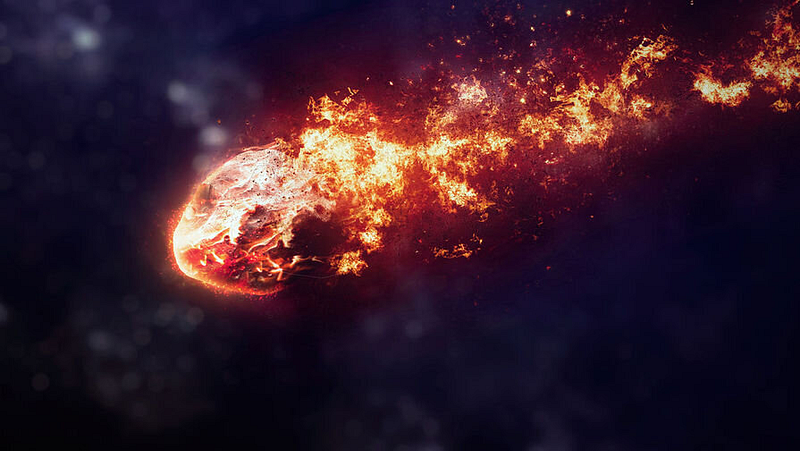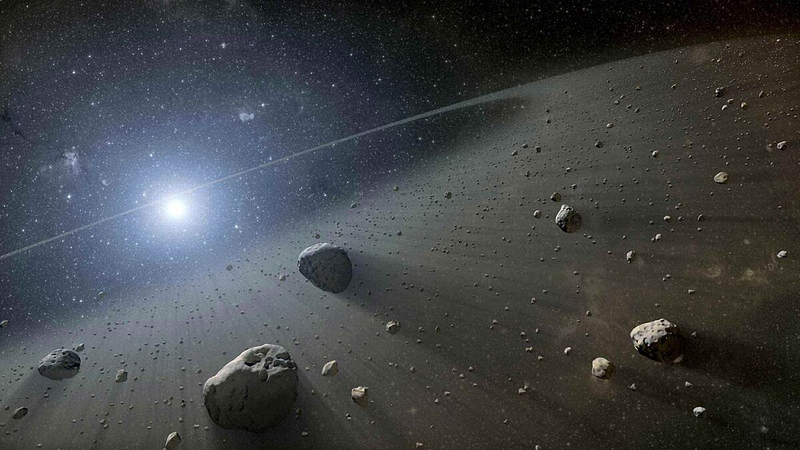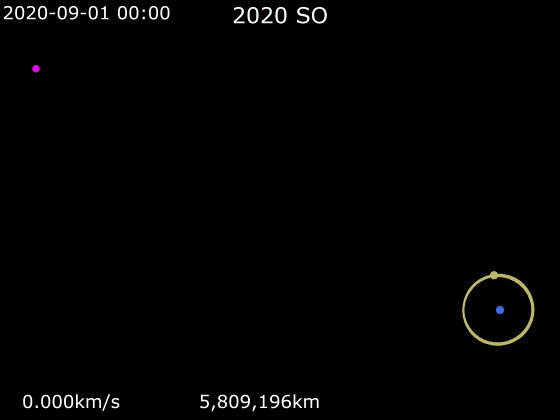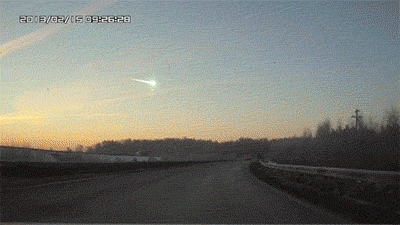Asteroid Predictions: Why Scientists Warn Without Impact
Written on
Understanding Asteroid Predictions
A thought-provoking question recently came from a subscriber to our Telegram channel: why do scientists often report on potentially hazardous asteroids nearing Earth, yet these celestial bodies seem to pass by harmlessly? If scientists can track the paths of these objects, why aren’t they able to warn us about meteorites that actually land on Earth, such as the Chelyabinsk meteor that startled many?
The straightforward answer is that we are living in a fortunate era.

Meteorite falling, artist’s impression. Source: gazeta.ru
The formation of stars and their planetary systems brings an influx of asteroids. Planets, due to their significant gravitational pull, attract these bodies. Over time, as a planet ages, the number of nearby asteroids diminishes.

Asteroid belt, artist’s impression. Source: universetoday.ru
Our planet experienced substantial asteroid impacts during its formative years, around 4 billion years ago, leaving behind craters that are still visible on the Moon. Since that time, most asteroids that might have crossed Earth’s path have either been attracted to the planets or expelled from the vicinity. Consequently, large asteroids are a rare sight near Earth today, and many that have existed in the past would have collided with our planet long ago if they had the chance. While estimates of collision probabilities like 1 in 7 or 1 in 20 appear alarming, they often stem from inaccuracies in the asteroid's trajectory calculations. Newly discovered and inadequately studied asteroids tend to have higher collision probabilities, while those well-monitored show rates around 1 in 10,000 to 1 in 50,000, indicating a negligible chance of impact.

Meteorite fall in Kamchatka on January 11, 2021 (local time). Source: iz.ru
Asteroids can potentially collide with Earth under several scenarios. First, if an object modifies an asteroid's orbit, perhaps through a collision with another asteroid, it may redirect it toward Earth. Second, an asteroid could be on a long trajectory that has brought it close to Earth after billions of years, but such occurrences are rare. Finally, some asteroids may originate from the outer edges of the Solar System and have recently arrived in our vicinity, making them a new threat.

An example of the asteroid 2020 SO’s trajectory was discovered in September 2020. The maximum approach to Earth occurred in December. (It is suspected that this is not an asteroid but a booster-stage remnant.) Source: nplus1.ru
Why, then, do astronomers often detect dangerous asteroids only when they are entering the atmosphere? The definition of a hazardous asteroid isn't solely based on size; it also includes those measuring over 100 to 150 meters in diameter. Smaller asteroids, while capable of causing significant damage, receive less attention and are not as closely monitored. When one of these smaller asteroids heads toward Earth, the media may not report it, even if scientists issue a warning about its impending fall. Thus, the alert may exist, but it often goes unnoticed.

Chelyabinsk meteorite fall. Source: gifer.com
Another reason warnings about certain asteroids may not be issued is related to detection delays. Most asteroids are relatively small, typically ranging from 50 to 100 meters in diameter, making them difficult to spot against the vastness of space. Their poor light reflection adds to the challenge of detection. Currently, less than 5% of the celestial sphere is actively monitored for asteroids, meaning that many pass undetected until they near Earth. Consequently, scientists prioritize monitoring the most threatening trajectories.
In this video titled "The Lost Asteroid is About to Hit the Earth in 2024 | NASA is in Panic!" we delve into the current concerns surrounding asteroids threatening Earth.
The second video, "NASA Warns of Giant Asteroid Potentially Hitting Earth in 2024," discusses the ongoing monitoring efforts and the implications of these celestial bodies on our planet.
Clap if you want to see more articles about space in your feed!
Subscribe to our channel and feel free to ask questions, which I will address in future articles. If you appreciate my work, consider supporting us by becoming a Medium member for only $5 a month, helping us create even better content.